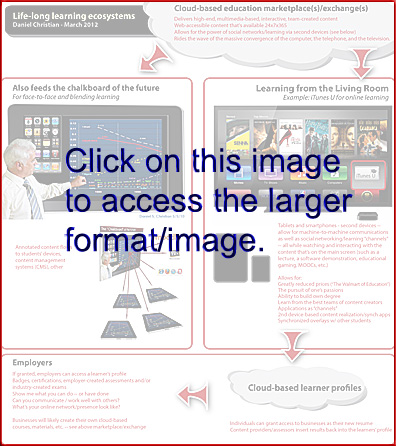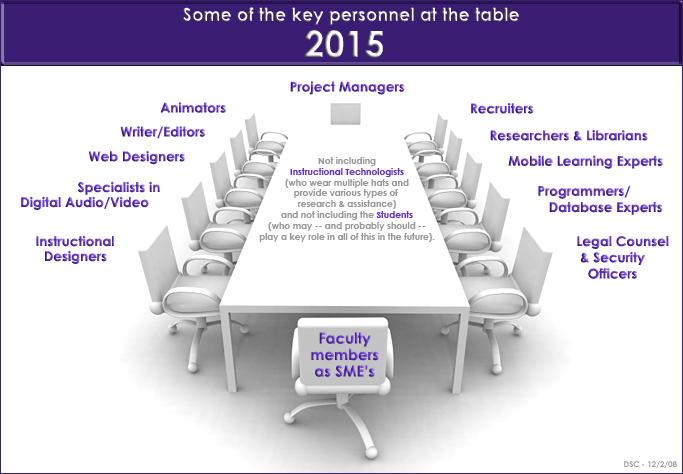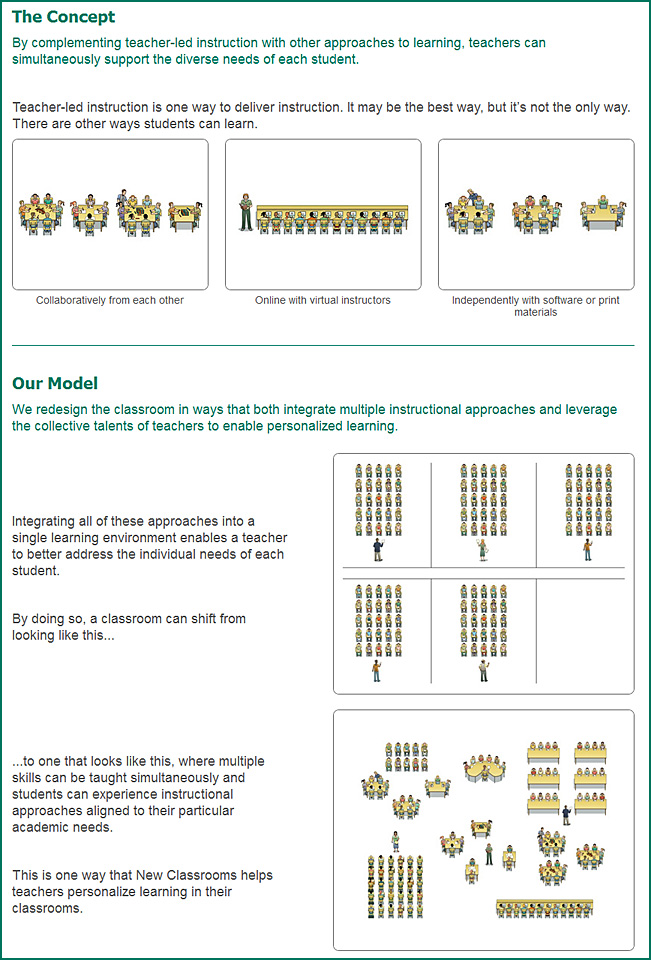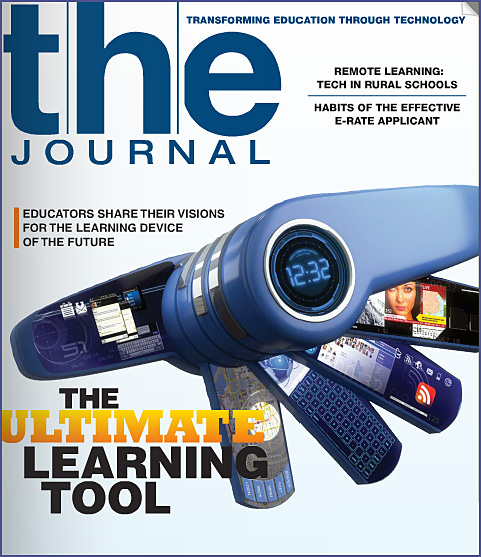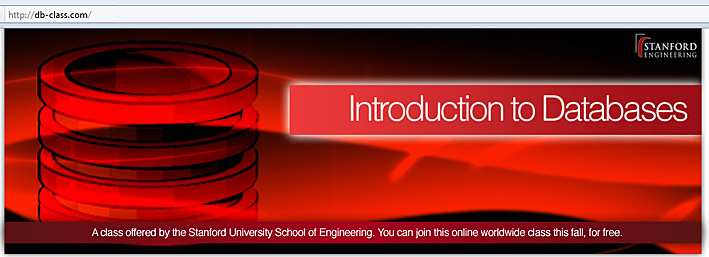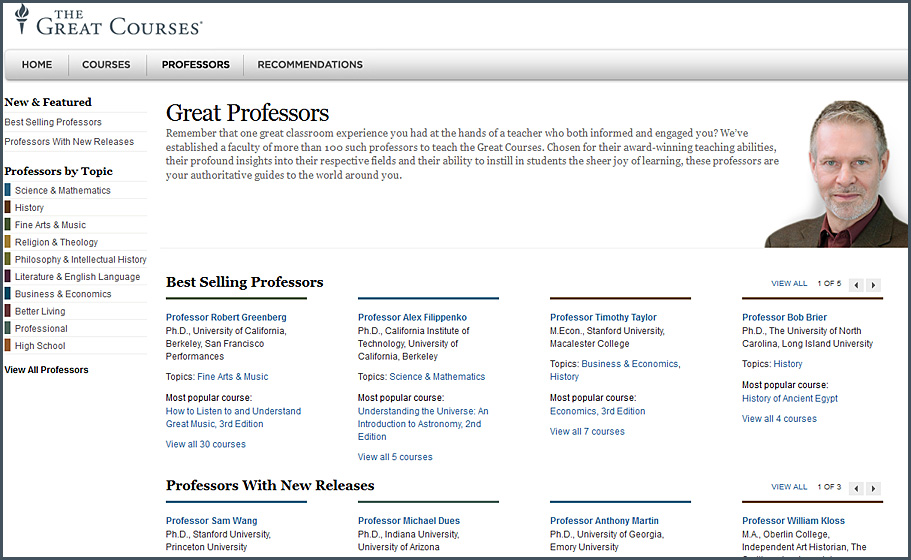Student-loan debt tops $1 trillion — from WSJ.com by Josh Mitchell and Maya Jackson-Randall
Excerpt:
The amount Americans owe on student loans is far higher than earlier estimates and could lead some consumers to postpone buying homes, potentially slowing the housing recovery, U.S. officials said Wednesday.
Total student debt outstanding appears to have surpassed $1 trillion late last year, said officials at the Consumer Financial Protection Bureau, a federal agency created in the wake of the financial crisis. That would be roughly 16% higher than an estimate earlier this year by the Federal Reserve Bank of New York.
From DSC:
Phrases/words that come to my mind include (which many readers of this blog and my archived website will instantly recognize:
- Reinventing ourselves
- Staying relevant /addressing our customers’ needs
- Innovation
- Strategy
- Leadership
- Vision
- The business side of higher ed / new business models
- Game-changing environment
- Disruption
- Dangers of the status quo
- Student-related
- Future of higher education
- The Walmart of Education
- Learning from the Living Room
Addendum on 3/23/12:
- Student loan debt hits $1 trillion, deemed ‘too big to fail’ by one federal agency — from The Huffington Post by Bonnie Kavoussi
- For have-nots, the rockier road to a college degree increases the appeal of alternatives — from The Chronicle by Jeff Selingo

- From DSC: On the other side of the coin see:
Colleges slashing tuition, offering 3-year degrees — from Money.CNN.com by Blake Ellis









